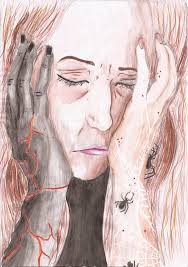
Beating Amputation Phantom Pain
The post on "Beating Amputation Phantom Pain" addresses the pervasive challenge faced by amputees in managing phantom pain, a sensation experienced in the missing limb following amputation. It delves into the prevalence of phantom pain among amputees and explores theories behind its occurrence, focusing on the brain's attempt to reconstruct a lost limb image. The post highlights various treatment approaches, including diversion therapy, massage, stretching, mirror therapy, and the innovative use of vibration therapy, exemplified by the TheraV ELIX device developed by biomedical engineer Amira Idris. Vibration therapy disrupts pain signals to the brain while improving blood circulation, offering relief from phantom pain and related symptoms. It emphasizes the importance of consulting healthcare professionals for safe and effective pain management strategies, underscoring ongoing advancements in addressing amputation-related pain.
Read More
